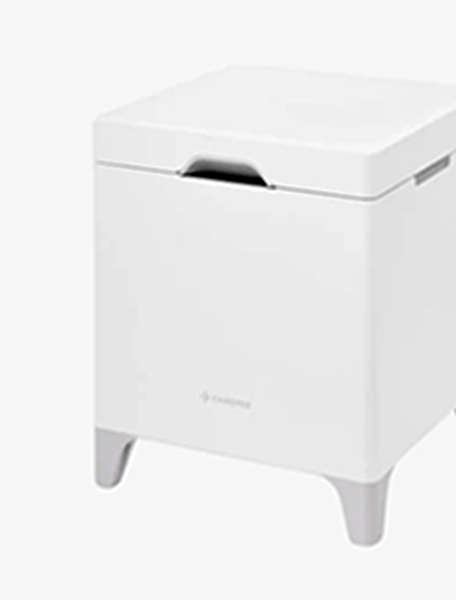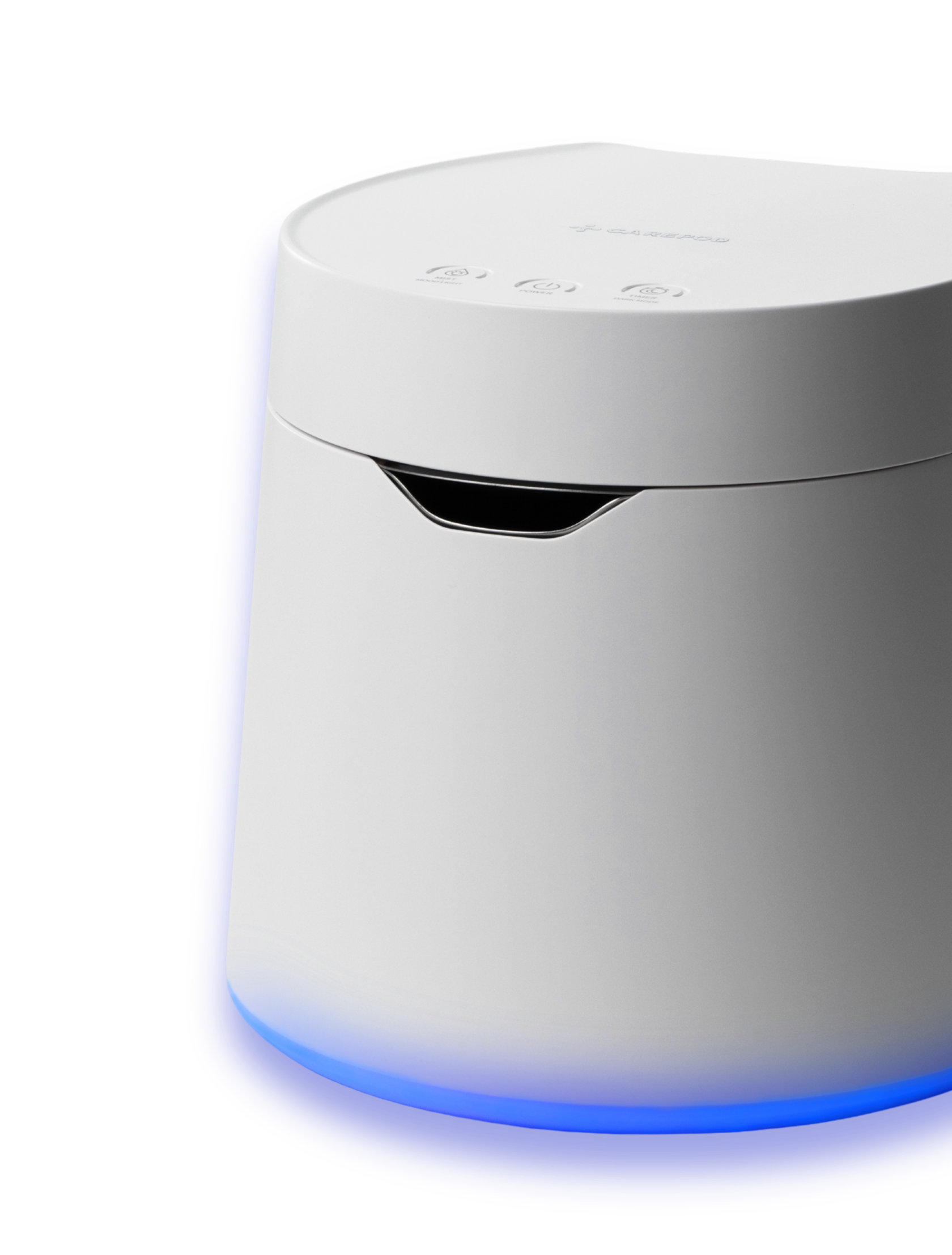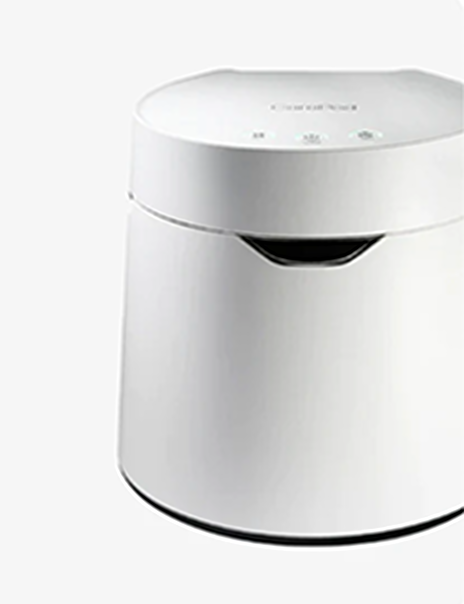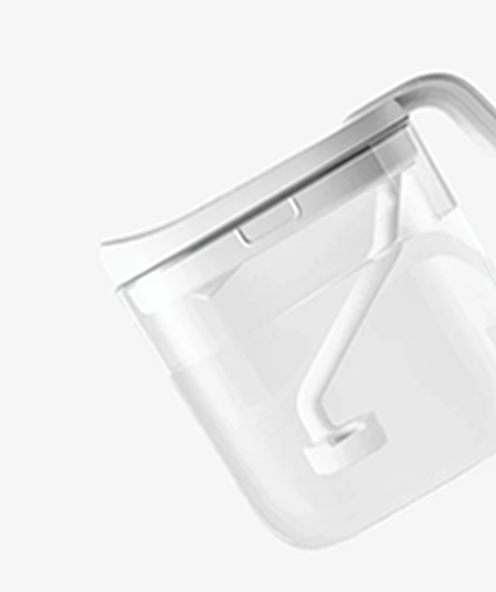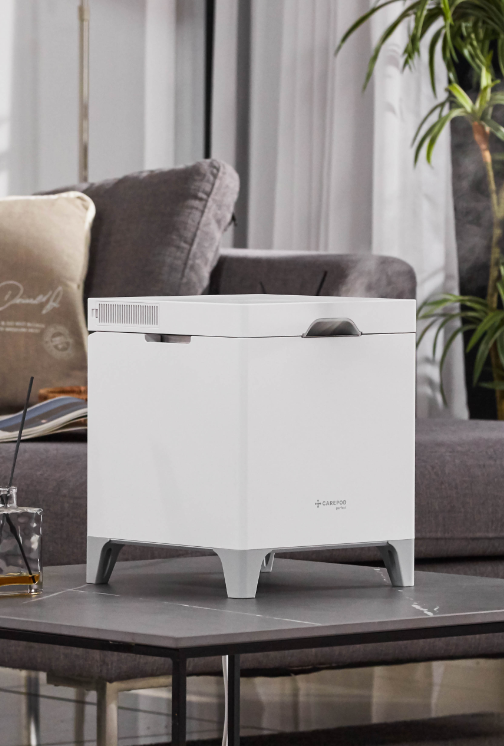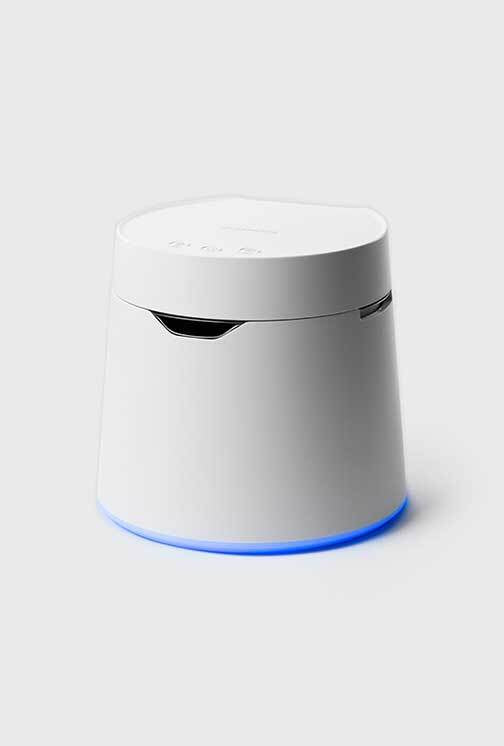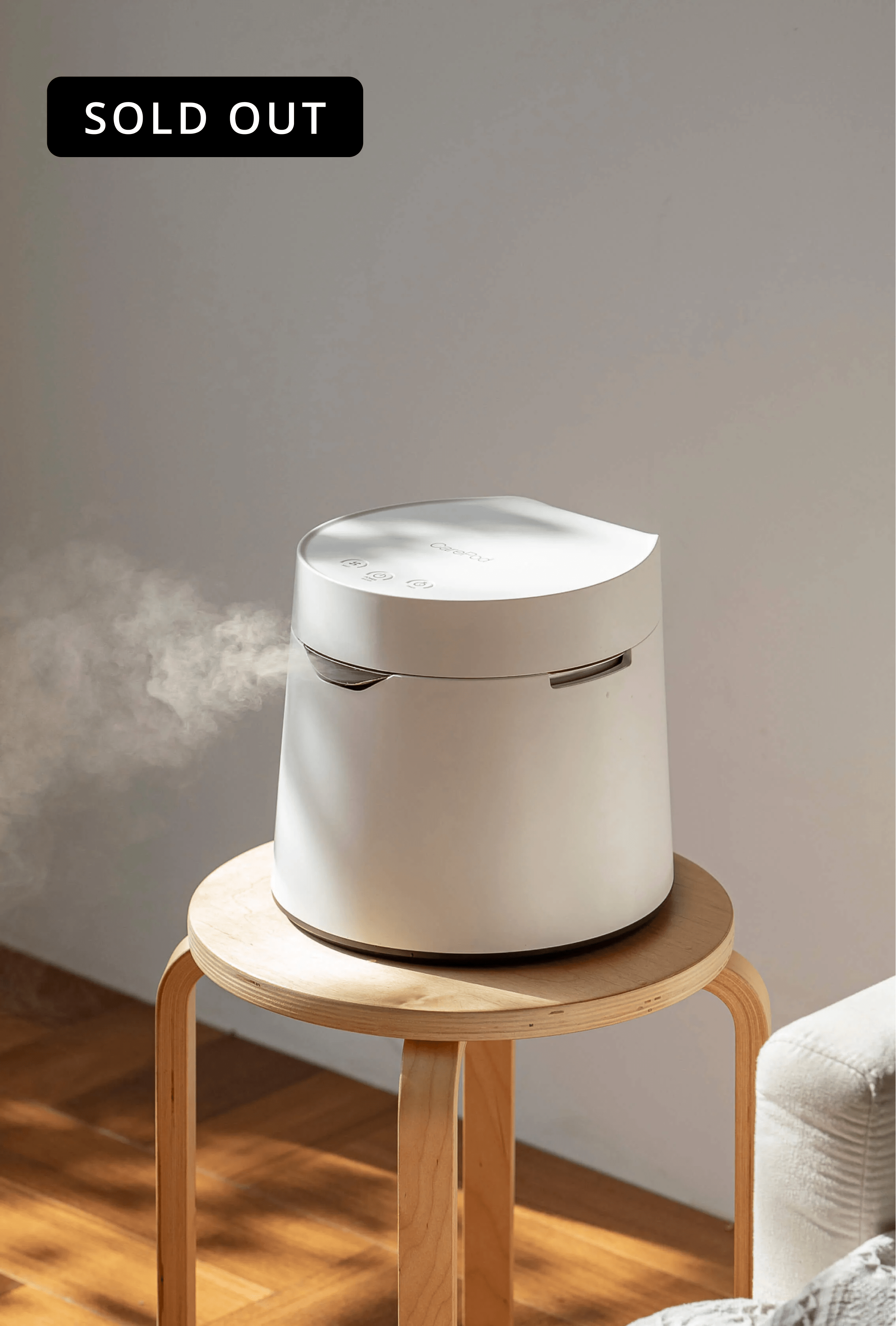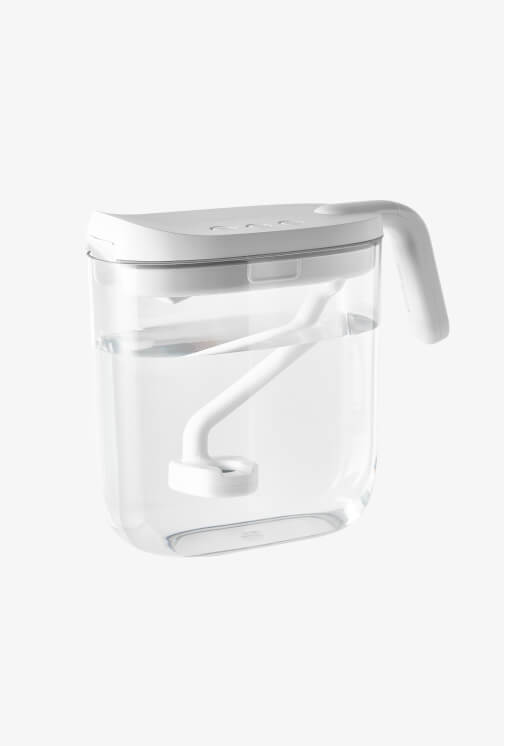5 Common Humidifier Mistakes (And How to Avoid Them)

A humidifier is a powerful tool that can serve tremendous benefits for your health and your home, as discussed in previous articles. However, these devices require work on your part too, and if utilized improperly, can actually have damaging consequences...
So in this guide, we'll go over 5 common mistakes that people make and teach you how to avoid them in order to make the most of your humidifier.
Forgetting To Clean
Let's start with the most obvious... forgetting to clean your humidifier!
When it comes to humidifiers, maintenance is absolutely essential. If left unattended, the insides could become a breeding ground for mold and bacterial growth... and these germs from the water tank would be carried along with the mist right into your lungs. So ultimately, a dirty humidifier could potentially be the cause of dangerous respiratory issues.

Another issue is that mineral deposits may develop over time, especially if you use tap water (more on that later). While not quite as dangerous to your health as microbial contamination, this buildup could cause damage to the appliance over time and decrease its shelf life.
Luckily, these problems are not at all unavoidable. Moral of the story: as long as you clean your humidifier frequently and properly, there is little to no risk whatsoever.
Every few days, be sure to thoroughly disinfect different parts of the humidifier, such as the water tank, cover, vibrating element (for ultrasonic humidifiers), and filter (for evaporative humidifiers). Most devices come with an owner's manual, so follow the cleaning instructions as best you can.

For most humidifiers, the process involves rinsing with warm water and applying as a mild disinfectant such as white vinegar. (With a hygienic humidifier like CarePod however, you can rinse all necessary parts safely in boiling water for 99.9% sterilizability — read more)
Improper Watering
Water is the most important part of any humidifier. After all, a humidifier transforms water into vapor, which is eventually breathed into your lungs, so any unwanted particles inside the water tank will enter your respiratory system as well.

For one, be mindful of the type of water you're using in the first place. Tap water often contains contaminants such as bacteria, minerals, and harmful chemicals, so unless your device is a steam humidifier that boils the water, purified or distilled water is the safest option. Also, if you're using an evaporative humidifier, remember to clean the filter regularly and replace it every month or so, or else mold and other germs can easily build up on the mesh surface.
Finally, it's important to replace the water supply on a daily basis, as standing water is highly unsanitary. Even if left alone for as little as 48 hours, a thin film of dust, mold, or algae may build up on the top layer of the water.

Wrong Location
When it comes to humidifiers, placement is critical.
For example, if you put your humidifier in the corner of a large living space, far away from where people stay, it may not humidify your home properly and you'll feel little to no effect from the device. Or if you leave it on the ground, the mist won't circulate thoroughly and might not even reach higher altitudes in the room.
It's also important avoid placing your humidifier too close to materials that could be damaged by becoming wet — for instance, soft fibrous materials like books and paper, as well as any electrical devices and outlets.

Also make sure to level the device on a solid flat surface. For one, you don't want to risk spills or leaks, especially if you're using a steam vaporizer with boiling water — this could be especially dangerous if you have children or pets around the house. Another reason is that a tilted surface could disrupt the stream of mist from the device and make it flow in the wrong direction, thereby reducing the humidifier's overall effectiveness.

Letting the Humidity Run Too High
We've discussed all about the risks of dry air, but did you know that excessive humidity can be just as dangerous?
The EPA recommends keeping the indoor humidity level between 30% and 50%, and for good reason. Too much humidity in the air promotes the growth of mold and mildew, which can be damaging to the structure of your home and dangerous for your health. Dust mites and other harmful microorganisms also tend to thrive in high-moisture environments. And besides, living in a damp environment all the time can just be flat out uncomfortable.
Thankfully, most humidifiers include a built in humidistat to monitor the level of humidity as well as a low/medium/high setting that allows you to regulate the rate of moisture output. So be sure to check often and adjust accordingly.

Insufficient Research
A humidifier is a fairly simple device to use, but there are so many things to consider before purchasing one.

There are four different kinds of humidifiers: the steam vaporizer, evaporative humidifier, ultrasonic humidifier, and whole-house humidifier. Of course, each type functions differently and has its own unique benefits and drawbacks, so you should determine which best suits your needs and preferences before buying. For more information, take a look at our Everything You Need To Know Series, where we overview each of the four main types of humidifiers, going over how they work, pros and cons, how to clean, and everything in between.
There are also so many brands and models on the market to choose from that it can even be overwhelming at first. But do set aside some time to research and learn everything you can — after all, the best decision is an informed decision. For a start, feel free to check out our REVIEWED Series where we compare popular models from Dyson, Honeywell, and Canopy with our own Carepod humidifier.
And finally, if you've done all that, you're set on a specific device, and you're almost ready to buy, the last step is to read online reviews to verify that you aren't getting a faulty product.
So in the end, research is essential. Be sure to do your due diligence and research all you can about humidifiers before making the investment.
Final Thoughts
If maintained and utilized correctly, a humidifier could provide tremendous health benefits and greatly improve your overall home environment. However, failing to do so may result in risks to your health and your home... but these can of course be easily prevented through several basic precautions.
To summarize:
1. Clean the inside of your humidifier at least once a week — ideally every few days — by taking the device apart, applying a mild disinfectant like white vinegar, and rinsing thoroughly with warm water.

2. Use filtered or distilled water, and replace the water supply every day in order to prevent growth of bacteria and mineral residues; also remember to clean and replace the filter for an evaporative humidifier.
3. Place your humidifier on a flat, elevated surface around a common living space but not too close to fibrous material or electronic devices... and keep away from children and pets, especially if you're using a steam vaporizer.

4. Monitor the humidity regularly and adjust the mist setting accordingly to prevent the indoor humidity from reaching excessive levels — keep below 60%, and 30% to 50% is ideal.
5. Research as much as you can before buying a humidifier: know the different types, look into various brands and models available, and read online reviews.
So in all, following these steps will help you make most of your humidifier and reap the benefits for years to come.
